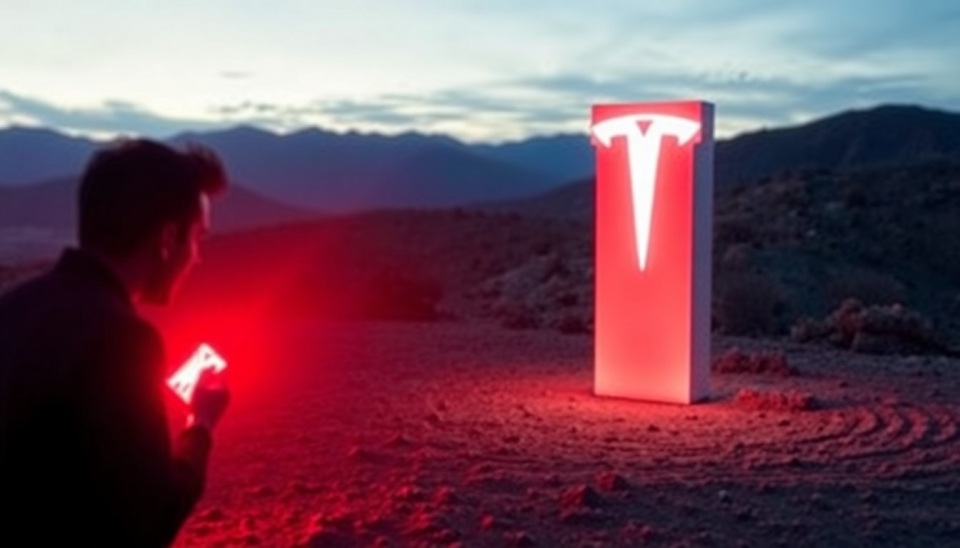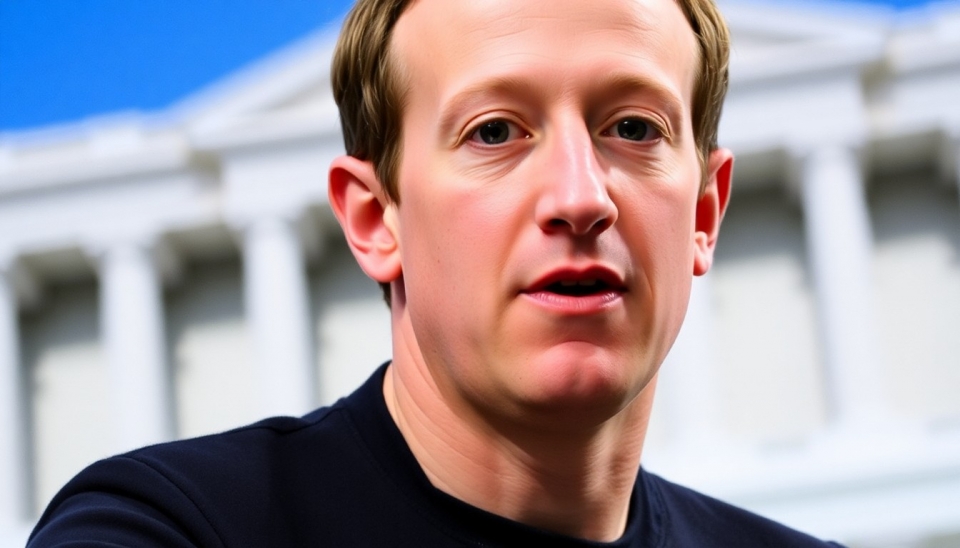
As the European satellite market continues to evolve, the question of how to replace Elon Musk's Starlink has become increasingly pressing. Starlink, operated by SpaceX, has set a high bar for satellite internet services with its extensive coverage and rapid deployment. As the European Union seeks to bolster its satellite communications capabilities, the options are limited and the challenges significant.
The European Space Agency (ESA) and several private companies have initiated plans to launch their own satellite internet systems. However, the ambition to create a robust alternative to Starlink faces numerous obstacles, including technical hurdles, funding shortages, and regulatory complications. While Europe is rich in technology and innovation, the development of a competitive satellite network requires substantial investment and a cohesive strategy across multiple nations and private stakeholders.
One of the main challenges for Europe lies in the fragmented landscape of its satellite communication efforts. Unlike SpaceX's cohesive and rapid deployment model, European companies often operate in silos, which hinders collaborative innovation. The necessity for a streamlined approach has never been clearer, as individual efforts may struggle to keep pace with Musk's aggressive expansion strategy.
Moreover, financial backing remains a crucial factor. Current initiatives lack the substantial capital that private investors have provided to Starlink. For many European projects, finding sufficient funding to move from concept to launch presents a significant barrier. This financial challenge underscores the need for greater government support and investment from European Union institutions to catalyze growth in the sector.
On top of these logistical and funding issues, regulatory challenges present another layer of complexity. The EU's regulatory framework can be cumbersome and slow-moving, which contrasts sharply with the nimble strategies employed by SpaceX. This disparity may undermine Europe's desire to develop a timely and effective response to the growing demand for satellite internet services.
Despite these hurdles, hope is not lost. Some European firms and initiatives are rising to the occasion, with plans for innovative satellite systems aiming to enhance coverage in rural and underserved areas. However, these efforts will require a unified push from the EU to establish a clear framework that supports collaboration and accelerates the development process.
In conclusion, Europe's pursuit of a viable alternative to Musk's Starlink is fraught with challenges ranging from funding and regulatory hurdles to the need for greater collaboration among industry players. The coming years will be critical in determining whether Europe can turn its ambitions into a reality and create a satellite internet service that rivals the efficiency and reach of Starlink.
<>#> #Europe #Starlink #SatelliteInternet #ElonMusk #SpaceX #Technology #Connectivity #ESA #Innovation #Funding #Regulations #<
Author: Liam Carter




